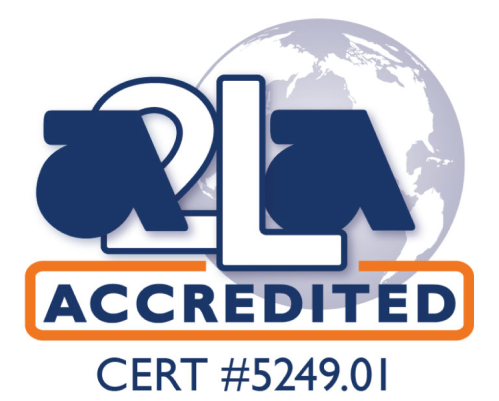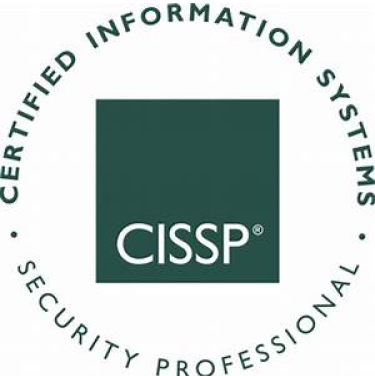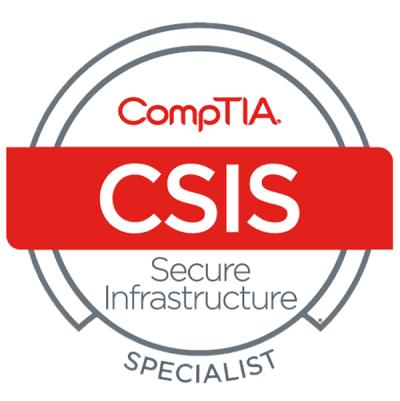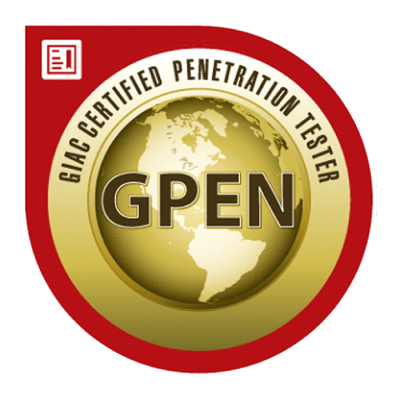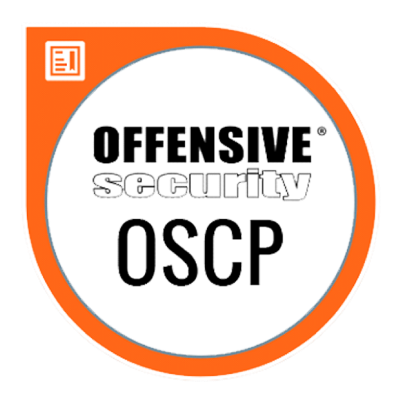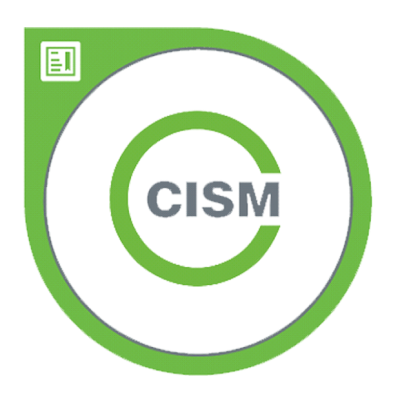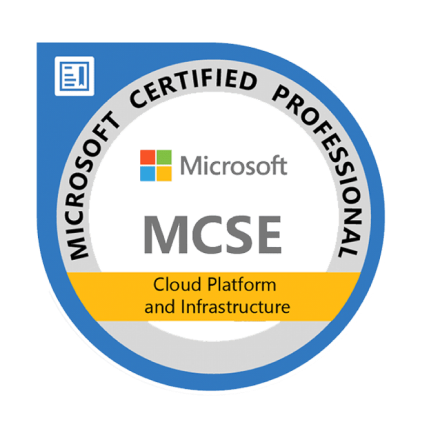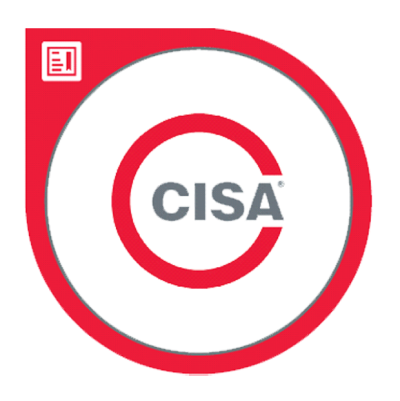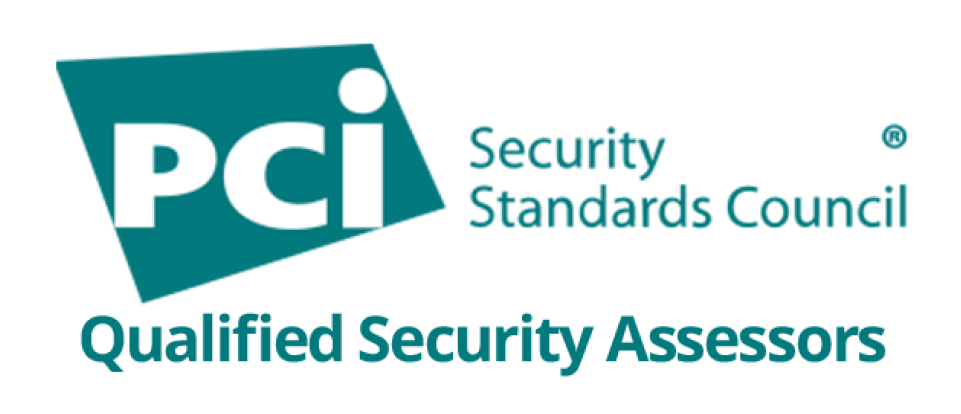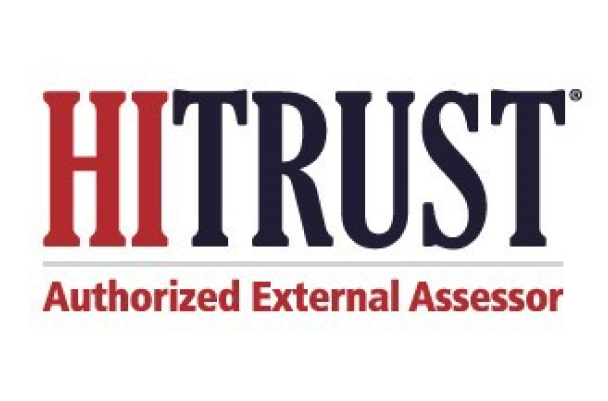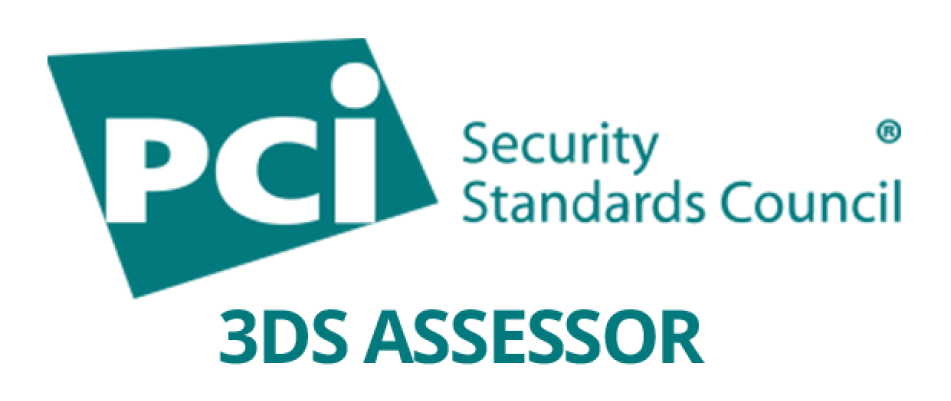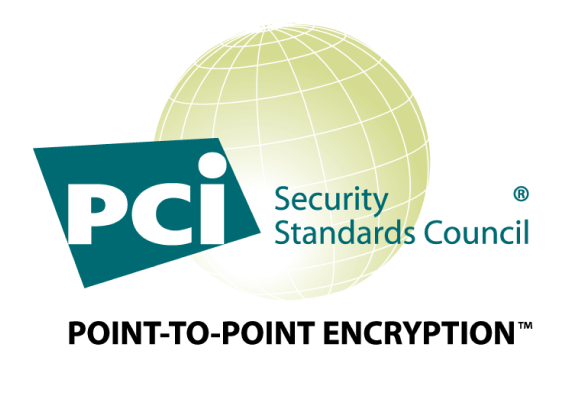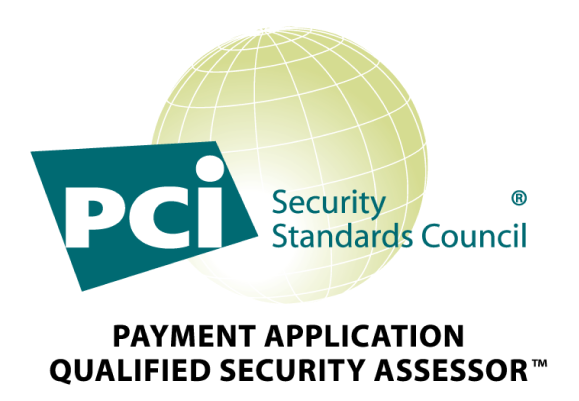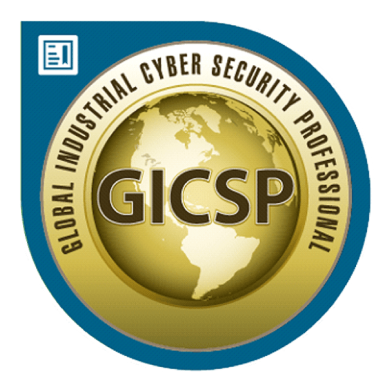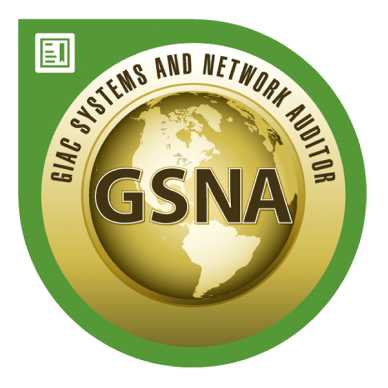Automated Asset Discovery
The First Step to Protecting Your Organization’s Environment is Identifying Your Assets
A security program is only as good as the inventory and asset data it’s built on. Maintaining an up-to-date asset inventory is essential to ensuring the ongoing security and integrity of your business network.
We use a combination of active and passive network scanning to quickly correlate host activity, track activity history, and identify demands on specific assets based on their compliance scoping and organizational criticality. Our automated discovery scans can be run on-demand to identify rogue assets on your network.
MegaplanIT can guide your organization throughout the steps of your E2EE assessment, including audit preparation, onsite assessment of data flows and processes, policy and procedure development, secure management of key exchange, storage, and use, trusted advisory and recommendations, and the final delivery of your E2EE Report on Validation. With MegaplanIT you get:
Active Network Scanning
On average, more than 300 new operating system and application vulnerabilities are announced each month, making the need to do active network scanning critical in maintaining the protection of your assets.
Passive Network Monitoring
Passive scanners can identify the active operating systems, applications and ports throughout a network, monitoring activity to determine the network’s vulnerabilities.
Asset Inventory
Unleash The True Power Of Your Managed Security Solutions
Our 24/7 Security Operations Center provides always-on threat hunting and investigation capabilities, and a member of our team is always available to answer your questions and address any security concerns. Best of all, you gain complete visibility into your threat landscape—allowing you to identify active threats in real time.
Key Benefits
See Every Asset, Secure Every Endpoint
Gain complete visibility into every device, system, and endpoint—known or unknown—on your network in real time.
Automatically monitor your most important systems to ensure they remain secure, compliant, and fully operational.
Detect unauthorized or unexpected devices the moment they appear, reducing risk from shadow IT and malicious actors.
Proactively flag outdated or unpatched assets so you can address weaknesses before attackers can take advantage.


